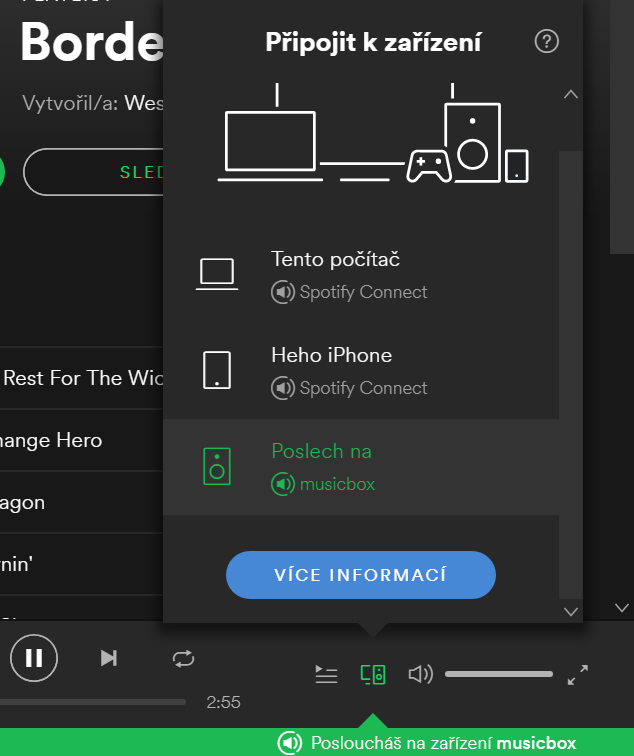


Next, I followed these basic steps to install the HyperPixel software so that the little screen worked. I started by following this basic guide to setting up a headless Raspberry Pi that can connect to my home WiFi. However, I don’t want to have to move my windows to see it, and I like the idea of having a little physical device that I can design to work exactly how I want. I appreciate the software, like Neptunes, that can display album artwork on your desktop. Much like some of the home theatre now playing projects I’ve seen online, I wanted something similar for my desk. During the day, I listen to a lot of music, and I always thought it would be cool to display what was now playing on my desk. I wanted to explore the Raspberry Pi world and I wanted a technical challenge that would let me flex some dormant programing muscles. To start, I was looking for a project and something fun to work on during the weekend.


 0 kommentar(er)
0 kommentar(er)
